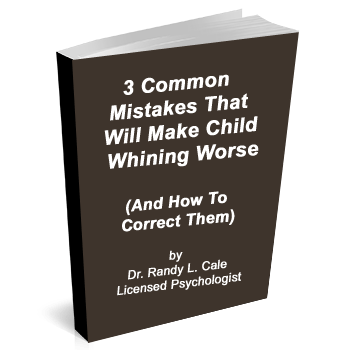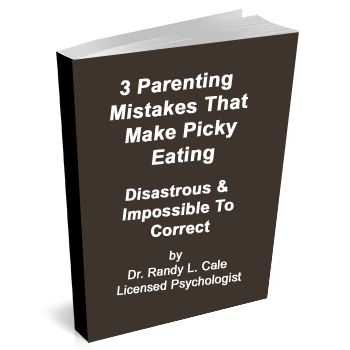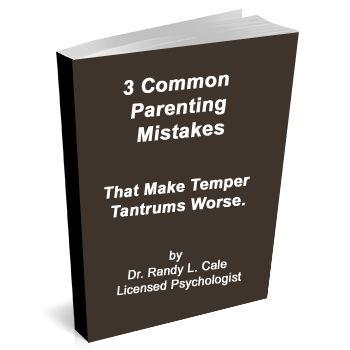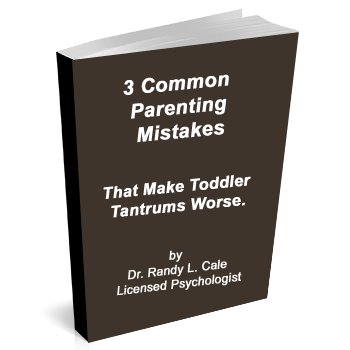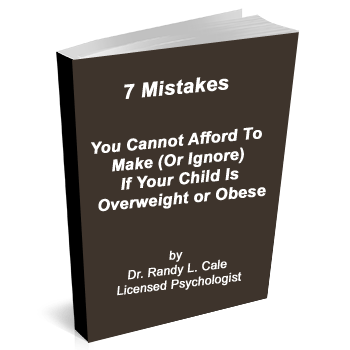Last week, I mentioned my 35-year-old adult client who still carries the pressure-filled words of his mom and dad around in his head. These include all those typical nagging expressions we habitually use, to try to get the kids moving and completing their daily ‘stuff.’ As most parents discover, this formula ends up with more nagging and reminding and fighting with kids as the years go by. You end up saying the same things a dozen times a day, each with more emotion and force as you get frustrated.
These repeated moments of using words, to try to get your children into better action, are a formula for the ultimate parent frustration. You discover your words don’t work, and your kids resist you more, and you are left feeling powerless.
It gets worse! These repeated phrases become embedded in your child’s brain, and your teens then often bring those patterns of ‘self-talk’ into their adult lives. The problem is this: Those patterns of self-talk are ineffective at creating an easeful, productive, and successful life. Instead, they just create more and more pressure/anxiety without corresponding results.
The Stop Nagging Plan (Really… the Stop Talking So Much Plan)
As we go into this discussion, remember our goal: A more easeful life for you and the kids, where you talk and nag less to promote your child’s future mental health and peace of mind. It’s a worthy intention to engage!
So, with that in mind, let’s assume you live a responsible life, getting up every day and modeling good, reasonably healthy behavior. Then, let’s also assume that you have reasonable expectations for your child and their participation in life (i.e., how many years do you give your son or daughter to get through fifth grade? Hmmm… one year seems about right!)
Given those assumptions are in place, let’s jump into a few principles:
Problem: Talking & Nagging About Behavior Doesn’t Generate Better Behavior
Unfortunately, much of the information given to parents over the last twenty years has suggested we should talk to our kids about everything. We have gotten lazy, in one sense, as we end up talking more and more as a substitute for better parenting behavior.
What do I mean? Words about behavior only get you more words. And trust me: Whether your teen expresses all those words in their head to you out loud or not depends on a lot of gender and personality variables, but the words are there! And, most disturbing to many parents, there is no better action or follow-through.
Solution: Get a Better Parenting Plan that is Action/Behavior Oriented
Let’s imagine, starting today, I put some duct tape over your mouth, and you simply could not speak about their behavior. If you want them to do something, you can’t say it. If you want to stop them from doing something, you can’t say it.
Yes, you can breathe okay. And yes, if you have to share love, appreciation, information, or something positive…the duct tape comes off.
Otherwise, you are stuck with no words. What could you do to manage the kids? This is how I approach setting up a good behavior plan because I want better behavior before anything else (in most homes).
Secret # 1: Have control of what your child cares about. And do so impeccably.
This gives you leverage. As Archimedes said, “Give me a large enough lever, and a place to stand, and I can move the earth.”
The key here is that you always have leverage, and most of you aren’t using it. Or if you are, you use it as a consequence/punishment/threat for not following through. This is not an effective, consistent use of your leverage.
Instead, think like this: When the kids walk in the door, and you have some tasks for them to do, make sure that they have ‘nothing to distract/entertain/enjoy/play with before getting those tasks done. Make it easy on you and easy on them. Be ahead of this by removing or controlling the goodies before they get their hand on those goodies (these days, it is mostly electronic goodies, unfortunately).
Make sure they get their work done first before they get to those things they enjoy.
Secret # 2: Have a clear visual map of their daily tasks to do right in front of them.
If you visit a well-organized classroom, you will often find that the teacher has a visual map of the day sitting in front of students. They know what expectations are in place, when transitions occur and when they will get to enjoy a break. To keep it simple, follow this model. It requires no words.
Let your kids know, what tasks are done first. Show them. And then, remembering secret number one above, you control the goodies…so they understand: Work first, then I get my goodies.
This is the fundamental no-nagging plan. Jump into it full force, and you will find it compels better behavior. Or course, there will be a few days of resistance, and perhaps some ugly whining and complaining from the kids.
Ignore and allow all that. Just stick to the plan. And save your child from living with that nagging voice in their head!









